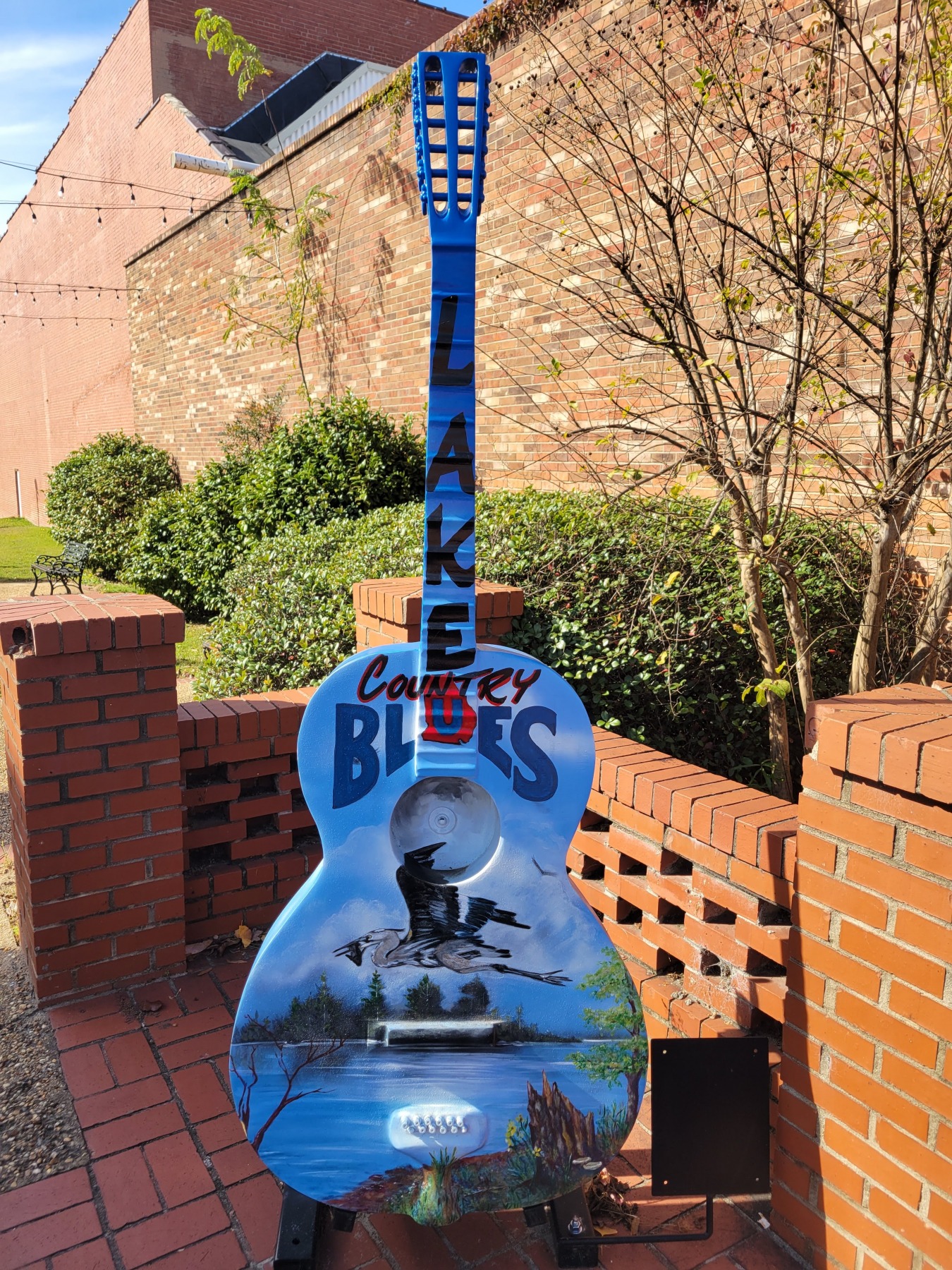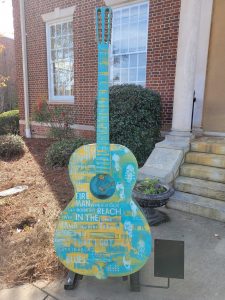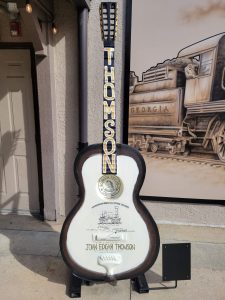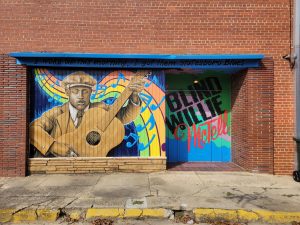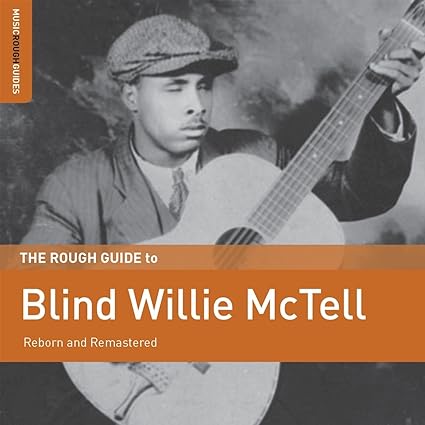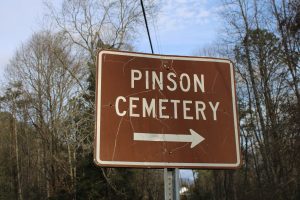No products in the cart.
Sites in Bowman Georgia Worth Visiting
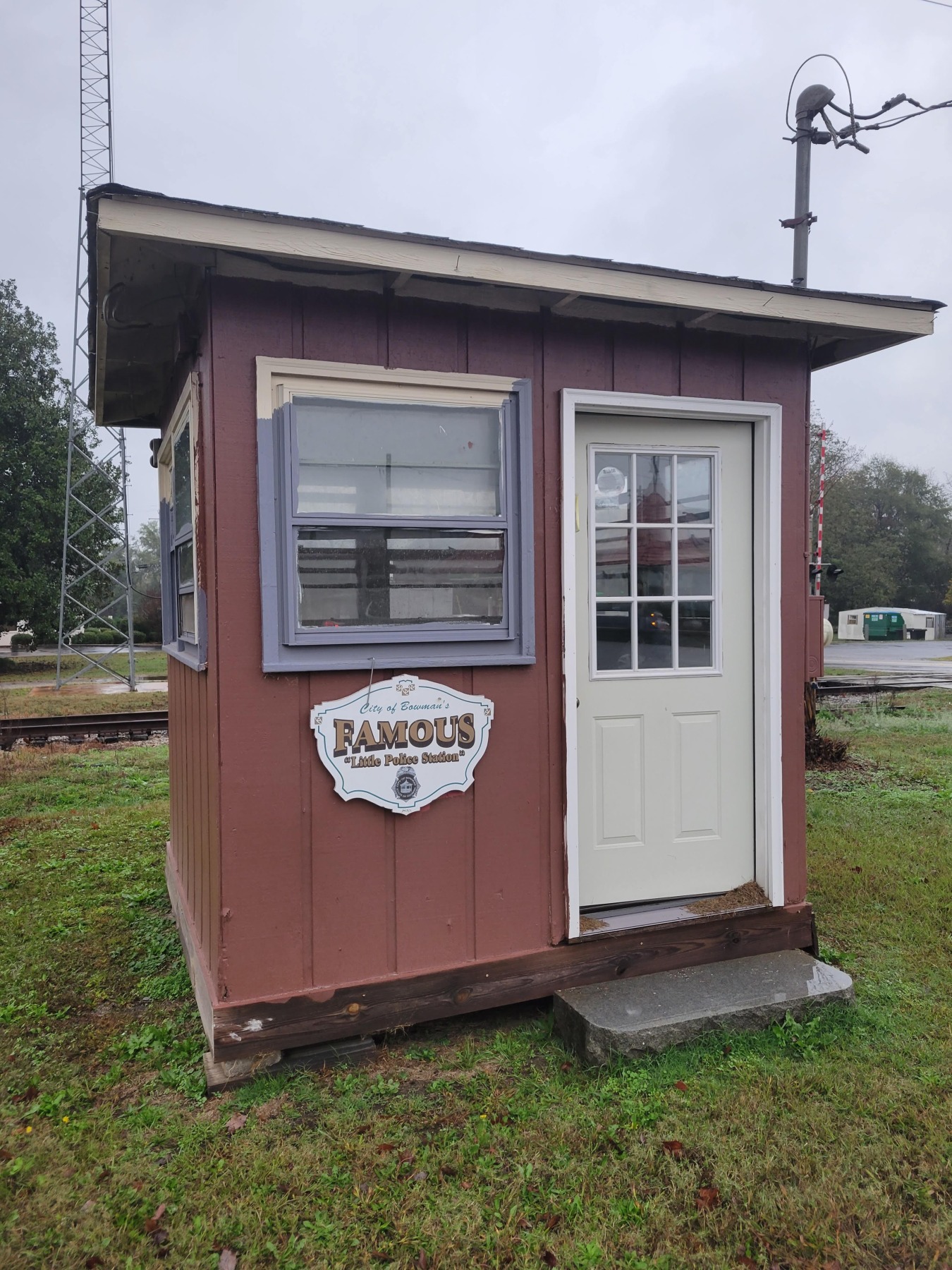
Bowman, Georgia
Bowman, Georgia is a small town located in Elbert County in the northeast portion of the state. The town boasts a population of around 900. Bowman is located between the towns of Elberton and Royston along Georgia State Route 17. Elberton is known by the nickname of the “Granite Capital of the World.” Royston is famous for it’s association with Hall of Fame baseball player Ty Cobb. If you are driving State Road 17 in Georgia do not miss these sites in Bowman Georgia that are worth visiting.
To read my review of the book Ty Cobb: A Terrible Beauty, click HERE.
Thomas Jefferson Bowman and the growth of the Elberton Air Line Railroad in the 1870s led for the formation of the city of Bowman. The Georgia General Assembly incorporated the city in 1907. John Judson Brown, was elected the first mayor of Bowman in 1910. Brown would later serve as the Commissioner of Agriculture in Georgia and founded the Georgia Farm Market Bulletin.
After the turn of the twentieth century, four trains made daily service to Bowman. The then thriving community was home to two blacksmith shops, two barber shops, a harness store, livery stable, hotel, and several mills. Baptist and Methodist churches provided for the spiritual needs of residents.
Much of the history of Bowman, GA can be found through this interesting 1938 footage. This is on the University of Georgia Brown Media Archives page.
In 2009 the Building at 6 and 7 Public Square was added to the National Register of Historic Places for its significance in architecture as an excellent representation of commercial buildings in small towns during the early 20th century. The building is also deemed important in the field of commerce as it served as home to numerous business from its construction date in 1908 through the middle of the 20th century. Business types included a brickyard, gin, shoe and harness shop, blacksmith, lumber yard, bank, drug store, grocery, and telephone company.
The National Register of Historic Places added the Bowman Commercial District to its listings in 2016. The completed nomination form does not appear to be available online yet.
Today, Bowman plays host to two large, yearly festivals, the Big Iron Crank Up, held in the spring and the Bowman Fall Festival held in October.
My wife and I have driven through Bowman on several occasions on our way a bit further north. The last time through my wife was driving and I had her stop so I could take a few photos.
Stop at the corner of SR17 and SR172 to view interesting sites you will only find in Bowman, Georgia.
 Little Police Station
Little Police Station
The first place to visit is the City of Bowman’s Famous “Little Police Station.” Bowman doesn’t make claim to having the world’s smallest police station, but this would probably give most a serious run for the money.
Measuring only several feet square with a single door, the station is located adjacent to the railroad tracks.
If you are interested in finding the world’s smallest police station, you’ll have to drive south, to Carabelle, Florida. Located at the corner of US 98 and CR 67 is the world’s smallest. Read more about the Carrabelle police station/phone booth using THIS LINK.
Small police station claims are also made by
Britain’s Smallest Police Station
Mecole Hardman, Jr.
Every small town seems to have the high school athlete that is just better than everyone around them. For Bowman, that young man is Mecole Hardman, Jr. A rather prominent sign proclaiming his ties to the town is located a very short distance from the little police station.
Hardman had a standout college career at the University of Georgia, where in addition to playing wide receiver, he also returned kicks. Hardman opted out of his senior year of college eligibility. He was drafted in the second round of the 2019 draft by the Kansas City Chiefs. Playing alongside superstar quarterback Patrick Mahomes, Hardman made 151 catches in less than four years (due to injury) and ultimately was part of two Super Bowl winning teams.
After the 2022 season Hardman became a free agent and in March 2023, signed with the New York Jets. In October 2023, Hardman was traded to the Kansas City Chiefs, reuniting him with the team where he had his greatest success. In February 2024, Mecole Hardman caught the Super Bowl winning touchdown pass from Patrick Mahomes.
Super Bowl hero Mecole Hardman talks about playing in the Super Bowl, starting the season with the Jets and ending the season with the Chiefs, who was the craziest at the after party, Post Malone performing, blacking out when he scored the game winning touchdown, the play that they called, growing up in Bowman, Georgia, and the parade.
 Bowman Area Veterans Memorial
Bowman Area Veterans Memorial
This unique monument with W for World War I and II, a K for the Korean Conflict, and V for Vietnam is;
Dedicated to the glory of God and all veterans of the Bowman Community, more especially to these who have given their lives for our nation’s cause.
Listed are the names of seventeen men from the Bowman area who gave their lives while in service. I am currently working on a more detailed post/s for these men and will link from here once complete.
Listed below, are the names on the monument. If known, I have referred as to the war these men perished in. When possible, I have linked names to online memorials.
Jimmy Lee Almond Korea (his correct name is Jimmie)
Joe Robert Burton World War II
Lloyd George Burton World War II (killed in a flight training accident at Cecil Field)
Ouitman Bone Drake World War II (his correct name is Quitman)
Robert Edward Echols Vietnam
Edison H. Lunsford post World War II
Samuel T. Martin currently unknown
Benjamin M. Maxwell World War II (see HERE also)
Hugh Hall Maxwell World War II (see HERE also)
Charles C. Mayfield Vietnam
Dorsey A. Pulliam World War II (killed in airplane accident at Smyrna Army Air Field in Tennessee)
Julian Pulliam World War II
Charles Stakley Roberts, Jr. World War II (see HERE also)
George Henry Rousey 1960 (killed in a single car accident in Hampton, Virginia)
Clifford Farris Rucker World War II (see HERE also)
Thomas Gary Sikes Vietnam
James Fletcher Webb World War II (see HERE also)
 To the side of the main memorial is a flat stone dedicated to World War II veteran Samuel Johnson Verner who passed away at the age of 76 in 1989. Verner is buried at Lavonia-Burgess City Cemetery in Franklin County, GA.
To the side of the main memorial is a flat stone dedicated to World War II veteran Samuel Johnson Verner who passed away at the age of 76 in 1989. Verner is buried at Lavonia-Burgess City Cemetery in Franklin County, GA.
Dorsey Alexander Pulliam and Julian Pulliam were brothers.
Lloyd George Burton and Joe Robert Burton were brothers.
I have not confirmed the relationship Hugh Hall Maxwell and Benjamin Martin Maxwell. They may or may not have been related.
Please share any information on any of these service members, especially photos or memories. As I put together individual posts about these men, I will include your histories. You will receive full credit for any materials shared.
This post may contain affiliate links. If you click these links and make a purchase, I may receive a small commission. This commission does not affect any price that you pay. Affiliate programs or sponsors providing products do not influence the views and opinions shared on this blog.





























